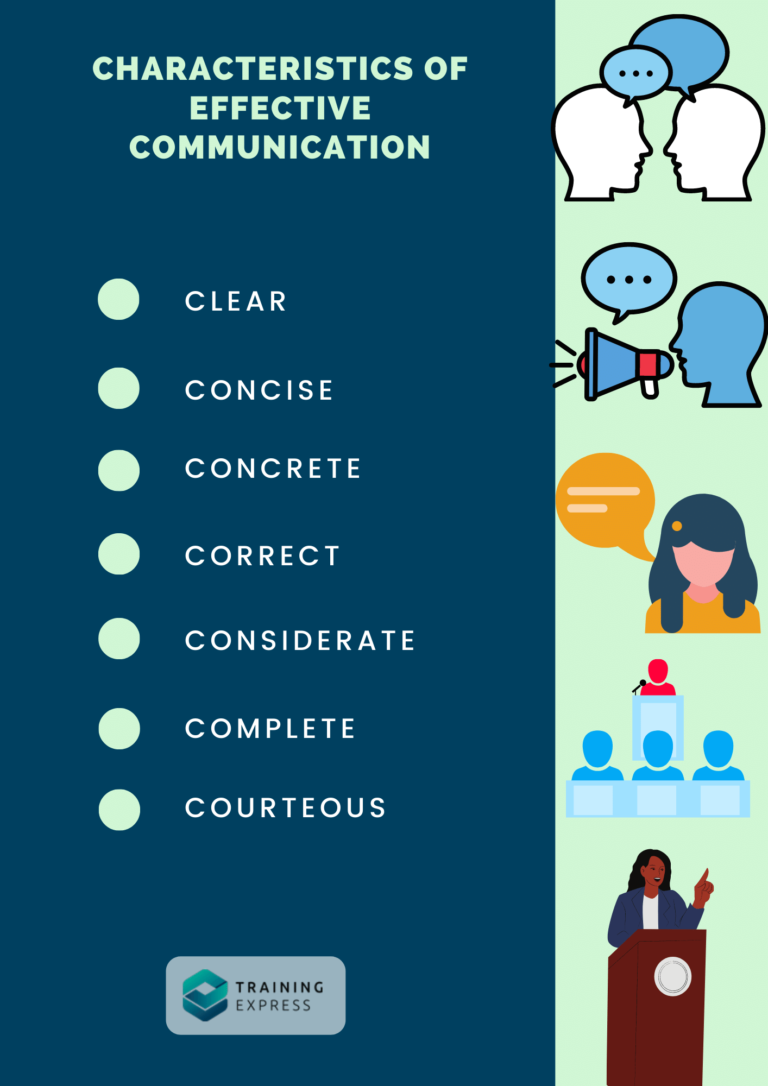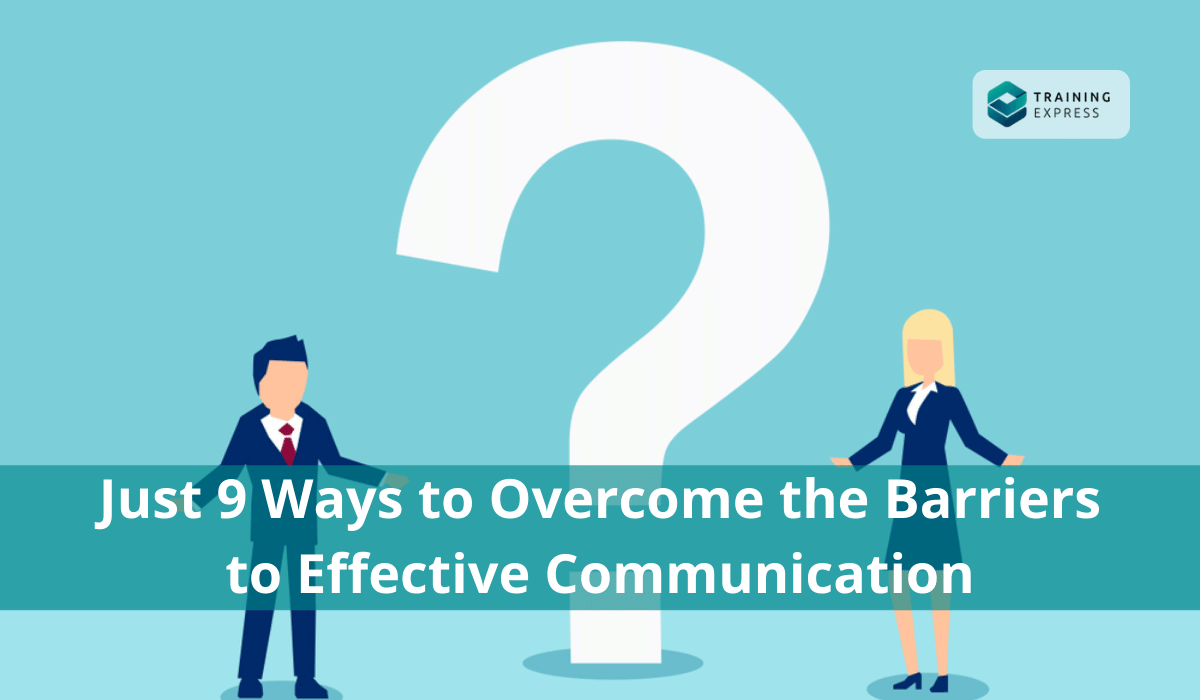The key to overcoming barriers to effective communication is knowing its characteristics. Effective communication depends upon lots of factors. For example, the effective transferring of information requires the art of listening carefully. It also requires reading the information, understanding, processing it and then transferring it.
Communication also highly depends upon different factors like gesture, posture, tone of voice and spoken language. If someone cannot understand the message because of these factors, then a communication barrier might be created.
For example, if you tell someone, “hope you are doing well?” with a mocking tone to your voice, the message’s meaning might come out sarcastically. The intention might seem utterly opposite to what the sentence is implying. The listener will take it in the wrong sense.
Here is 7’C, the characteristics of effective communication:

You have to take care of these characteristics to overcome the barriers to effective communication. Learn more about them in detail below.
